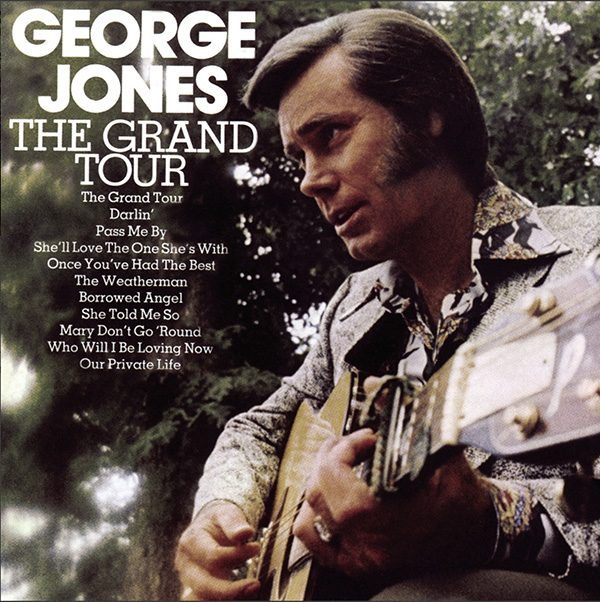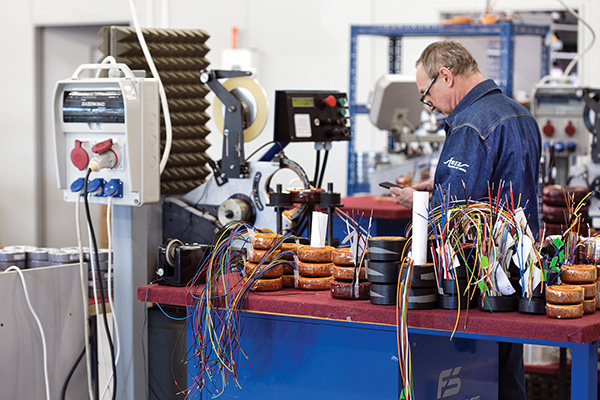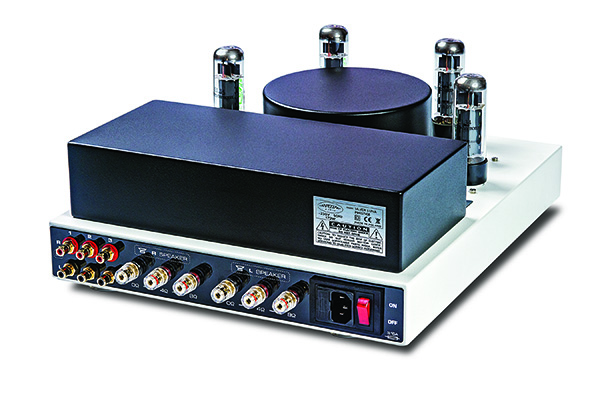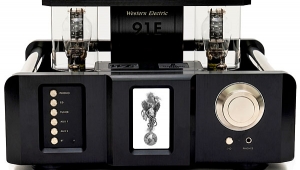| Columns Retired Columns & Blogs |
... $2,995 or $3,495?
At least one dealer has the price shown as $3,495.
https://almaaudio.com/products/fezz-audio-silver-luna-prestige
At $3,495, how does it compare to the Rogue Audio Cronus Magnum III?
https://www.hifichoice.com/content/rogue-audio-cronus-magnum-iii
https://www.theabsolutesound.com/articles/rogue-audio-cronus-magnum-iii-integrated-amplifier/













































